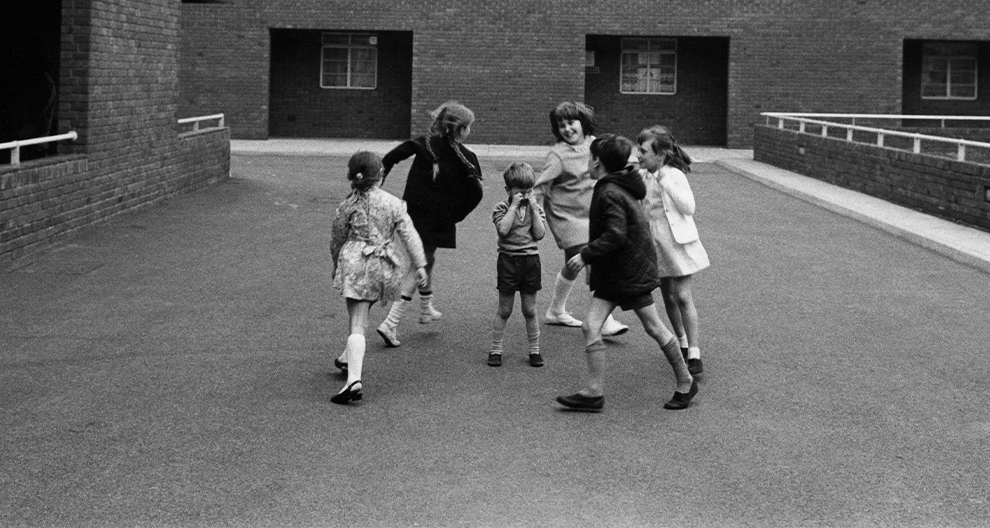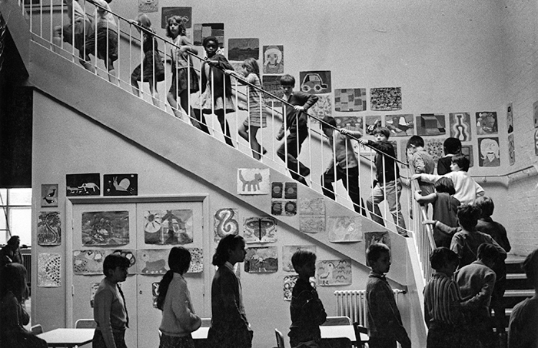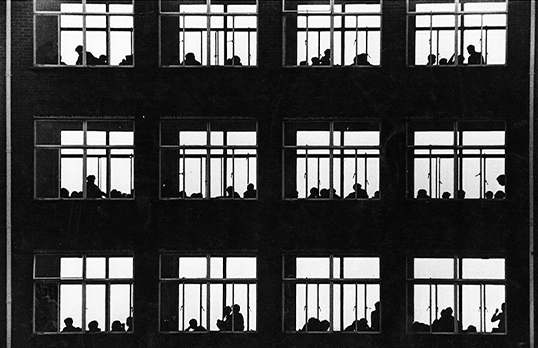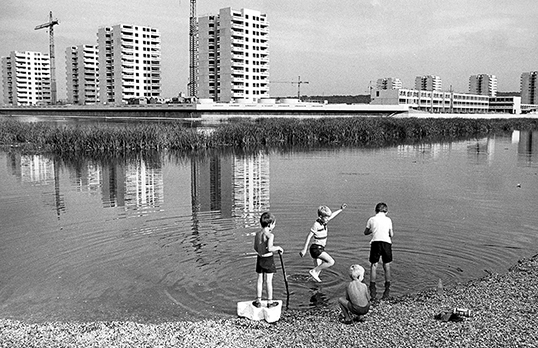Through the lens of the pages of the Architectural Review magazine, Wide-Angle View was an exhibition on the Manplan series, a ground-breaking exploration of architecture’s impact on society.
This exhibition of over 70 original photographs, some that have never been seen before, offered unique insights on society in the late 1960s. The magazine was bold and innovative in its tone and style, incorporating pioneering graphic and print techniques and radical photojournalism to analyse the state of society in Britain at the turn of the decade. It initiated a new outlook and approach to architectural debate and journalism that is still relevant today.
The Wide-Angle View photography exhibition looked at Manplan and presents photography from renowned professionals such as Ian Berry, Patrick Ward and Tony Ray-Jones at our Architecture Gallery in central London which is free and open to all.










